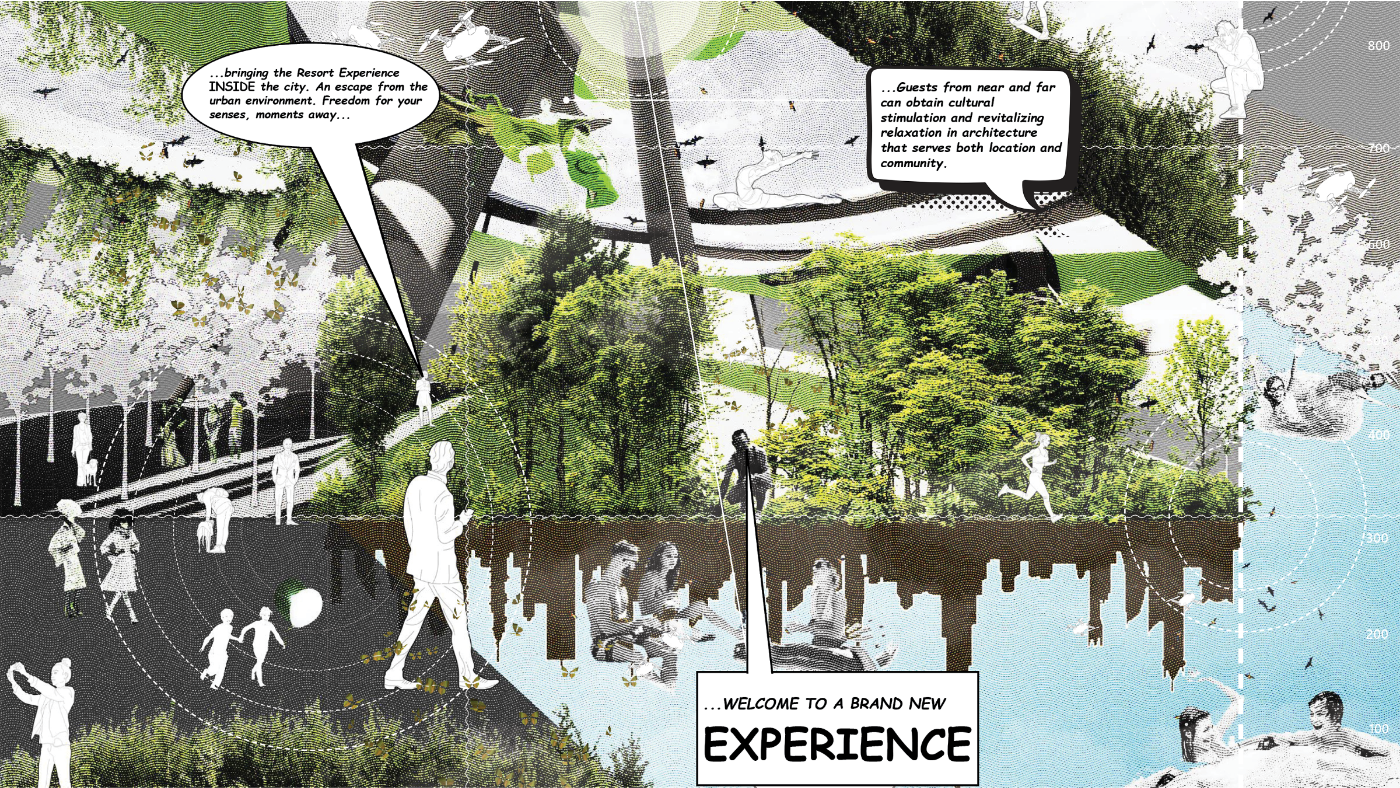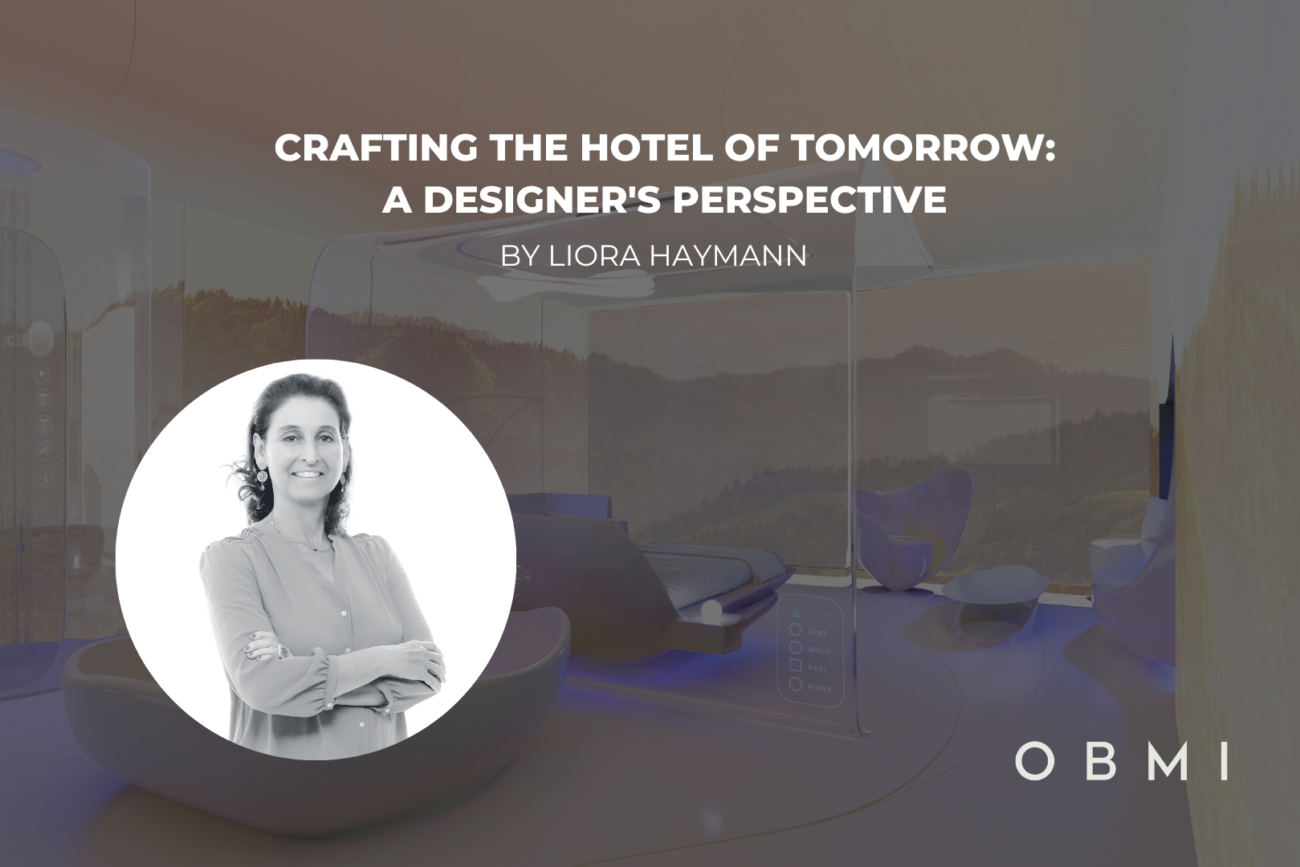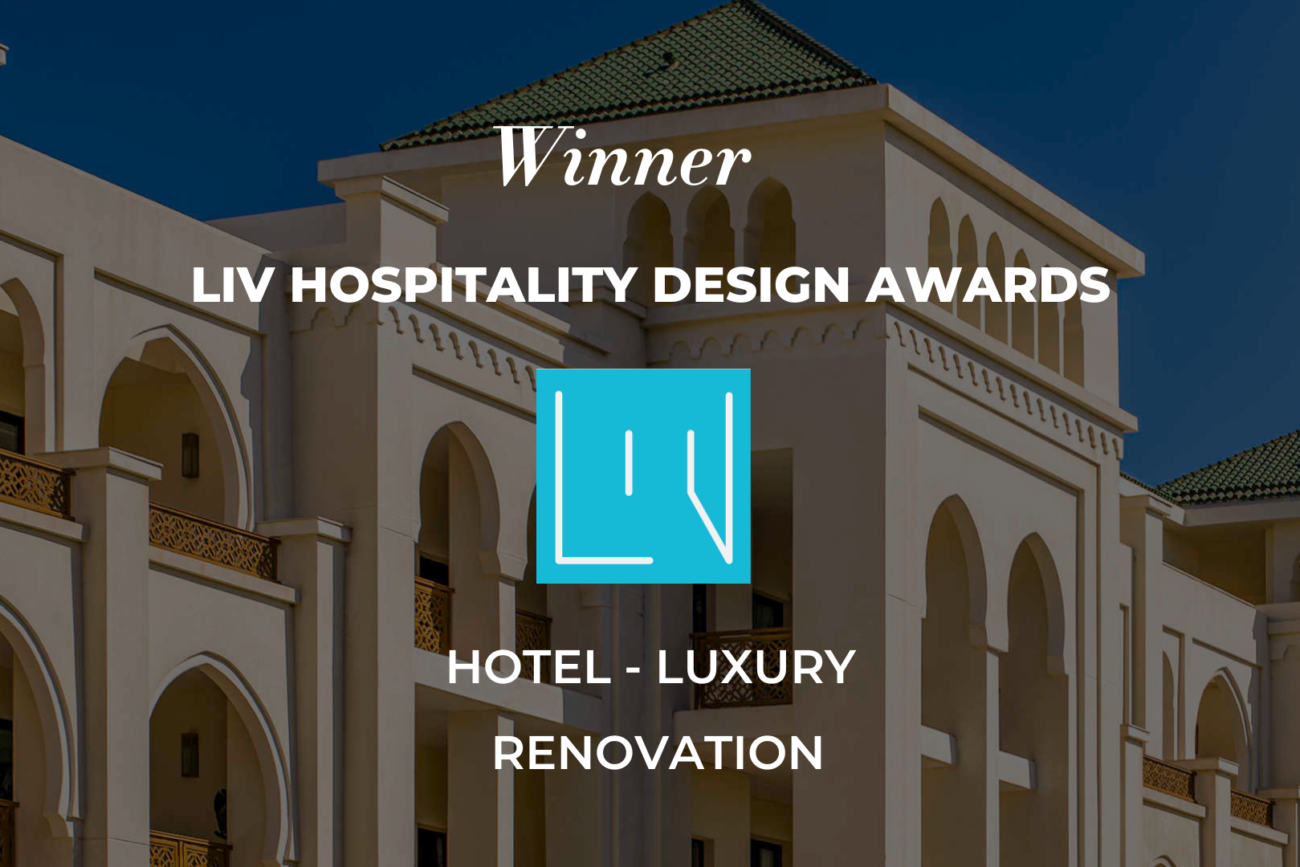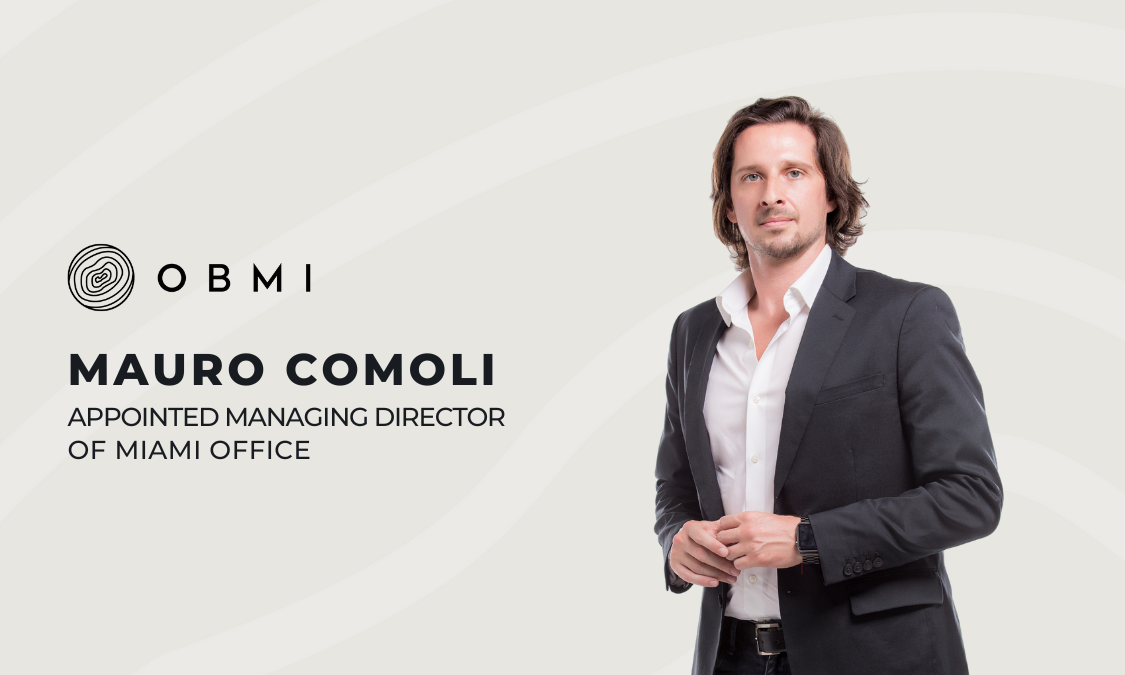Vertical Resorts Elevate Urban Hospitality
A Dynamic Architectural Concept Redefines the Luxury Resort Experience
Written by Tim Peck, OBMI Chairman for Hotel News Now
More than half the world’s population now reside in cities, living demanding, urban lives, which naturally leads to the urge to escape and recharge.
Traditionally, that has meant fleeing to waves, sand and sun. But what if it were possible to achieve that same exotic vacation experience and rejuvenation within your city? Enter the vertical resort, a thoughtfully crafted hospitality product able to meet the expectations of the most sophisticated traveler, while rivaling the most coveted resort experiences.
Unwinding Is Essential
Over the past couple of years stress levels have been high and travel has been restricted. Vacation time has been sacrificed, yet research shows that unplugging is vital to sustaining good health. A concerted break decreases anxiety levels, lowers heart attack risk and improves sleep patterns. As vacation researcher Jessica de Bloom shared with the Washington Post, “The key to vacationing is mental disengagement from work for a prolonged period.” Unplugging is important.
Vertical resorts are designed to encompass the same revitalizing elements as your traditional vacation, with the use of curated climates, surfing pools, cascading waterfalls and running trails traversing multiple stories that showcase unsurpassed views of the cityscape. Gardens lush with plants and trees replenish both guests and the city itself. For instance, the “vertical forest” hotel under development in China will help to cleanse the air in Guizhou.
Escape in the City
Travel is on the cusp of being a viable pastime once again, but travelers remain reticent about hopping back on planes. According to the U.S. Travel Association, almost half of Americans planning to travel for leisure in the near future expect they’ll do so domestically.
Vertical resorts can provide restorative down time without requiring lengthy journeys. Many people live within easy access to a major metropolis where an urban, vertical resort would be situated.
Three of the top-ranked island destinations — Maldives, Seychelles and Fiji — are all indisputably stunning locations, but all only accessible via long-haul flights, which are not always feasible for a short reprieve.
Fewer long hauls also mean lower environmental impact, another benefit with increasing importance to eco-conscious travelers.
No Shortage of Amenities
What about the explorers, those who relish excitement, cultural exposure and abundant entertainment on their holidays? Research has shown that positive cultural engagement has a substantial impact on a guest’s likelihood of returning to a destination.
Being centrally located in a vibrant urban area means the surrounding city’s culture is readily accessible — no waiting for a ship to dock. This urban resort can offer the best of both worlds with the option of the escape from the urban stress but offering linkages with the key cultural and recreational amenities of the city.
The Aera project from the OBMI Innovation Lab includes a range of “Districts” throughout the various levels of the resort:
- Dining District — with culinary offerings, from Michelin restaurants to sidewalk cafes.
- Art District — with galleries, art installations and resident artists.
- Fashion District — with fashion shows, exhibitions and pop-up retail.
- Drama District — with theaters, poetry readings and book signings.
- Garden District — with flora and fauna from around the globe.
- Wellness District — with spas, quiet zones and fitness facilities.
- Family Districts — with child-friendly pools and activity centers.
Stacked design elements mean the livelier areas can be siloed to avoid disturbing those seeking peace and quiet. Meanwhile, business travelers attending conferences, families looking to play and locals wanting to rediscover their own home are provided with the inspiration and ambiance they desire.
https://obmi.com/aera/
To Conclude
Seamlessly integrated into the skyline of major cities, the vertical resort is positioned to reimagine the notion of domestic tourism. Without sacrificing the indulgences found on private islands or luxury cruises, guests can attain calm relaxation and cultural excitement in architecture that serves both its location and its community.







